How to Use the Decoy Strategy in Chess: A Beginner’s Guide
⭐⭐⭐ Take 3 minutes to read and improve your chess game ➡️ : This article was first published on, and is Copyright of Chessquestions.com
The decoy strategy is a tactic in chess that uses a sacrificial piece, usually a pawn or knight but can be any minor value piece, to distract the opponent’s attention away from your true target which is often an enemy piece. This blog post will go over what the decoy strategy is, how it works in chess and how to employ it to help avoid defeat.
A ‘Decoy’ in chess is a strategy to make an opponent move to a square in order for you to be able to capture the piece, or if the enemy king, make a checkmate move in response. The decoy is usually a sacrifice of one of your pieces, which your opponent can’t resist while not noticing the real danger of the move.
Read on and you will find more information and examples of the decoy strategy in chess.
Chess Decoy Definition
So let’s start by explaining the definition of the word decoy in chess. A decoy is not only used in chess but in other games as well. A well-executed decoy tactic is to make an opponent move in order for you to be able, to make material gain and the advantage in a game. IN most cases, you may have to sacrifice a lesser valued piece in order to capture a higher valued piece from your opponent.
The other purpose of a decoy could be not to capture the moving piece, but to encourage your opponent to move a piece that is holding up your attack.
This could be a piece that is pinning one of your pieces or is in a position to fork. Your opponent may not be aware of the opportunities of this piece or the consequence of moving it, the idea is if they are, to make them momentarily forget and make a mistake.
You can use any piece to create the decoy
Whilst any piece of your material can be used to create the decoy, it is better to use lesser valued pieces that are not essential to your attack.
The reason for this is that if the decoy piece captures a higher valued opponent’s pieces, you will have lost more material than them and it may be difficult or impossible in some cases (depending on how many of their high-value units remain) to recover from such an exchange without sacrificing even greater amounts yourself; which would make any potential gain nullified by losing what remains after they recapture with one move!
An exception to this might be to place a high-valued piece as a decoy that can not be resisted by your opponent which opens a route to a swift checkmate, or capture of an equally valued piece that would still facilitate your attack strategy.
The decoy should play a part in your basic tactics, but can also be used as an advanced tactic as shown in some example videos below.
Example of a decoy leading to a triple fork & More
Here we have an excellent video from the chess website, which at first shows an example of drawing the Queen to a square that is not en prise, but leads to a triple fork of the Queen, Rook and King
The video is about 10 minutes long and provides more examples and some puzzles to try to solve where the decoy is the aim.
I love the first example that leads to the knight fork. For more information on forking take a look at the strategy page for forks.
A Decoy Can be a Great Move
The decoy can be a decisive move in chess leading to huge material gain or even better an opportunity to checkmate and win.
The chess game example below is perfection, it could be deemed a decoy and queen sacrifice given that the queen seems to have been sacrificed with the opponent having three opportunities to capture her, but it is far more clever than that.
I promise you will enjoy this
Summary of the Decoy in Chess
There is not much more to add to this strategy, it is a basic and simple tactic to play, and you can find more information in more videos and chess books.
The best way for players to learn the strategy would involve playing chess puzzles with an emphasis on finding opportunities where you could use this technique against your opponent’s pieces.
Videos that show examples in real games are also excellent. They are not just theoretical exercises but provide practical training for a beginner chess player by getting used to identify when these chances present themselves during gameplay.
Happy chessing.

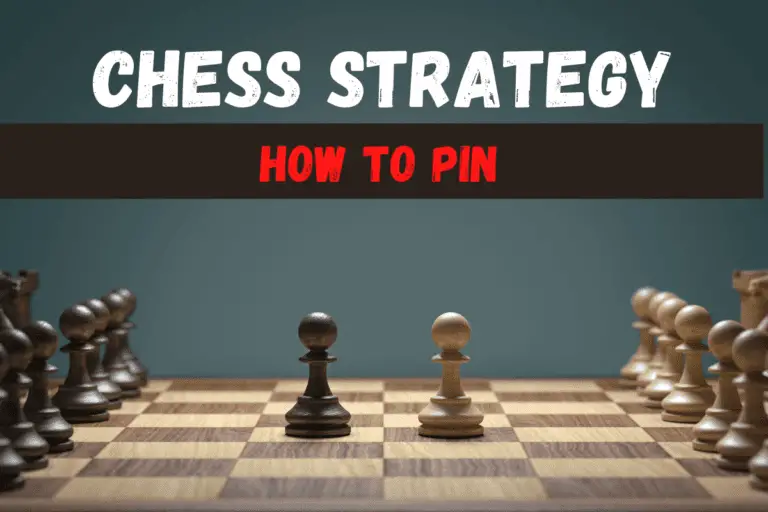
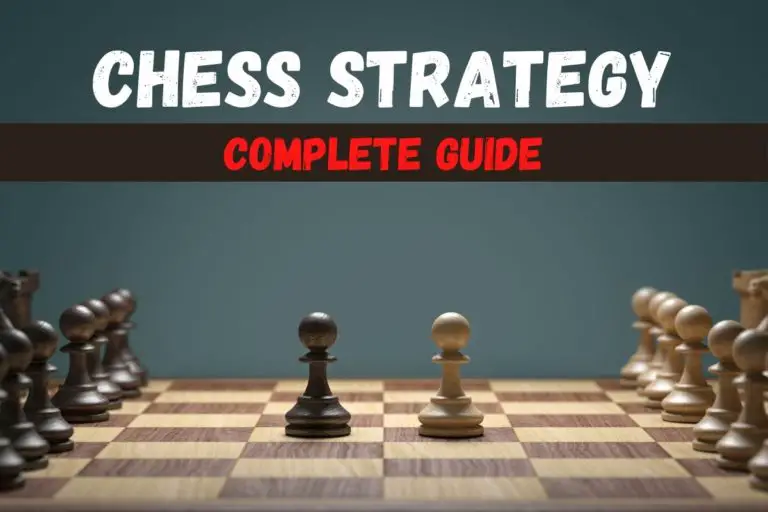
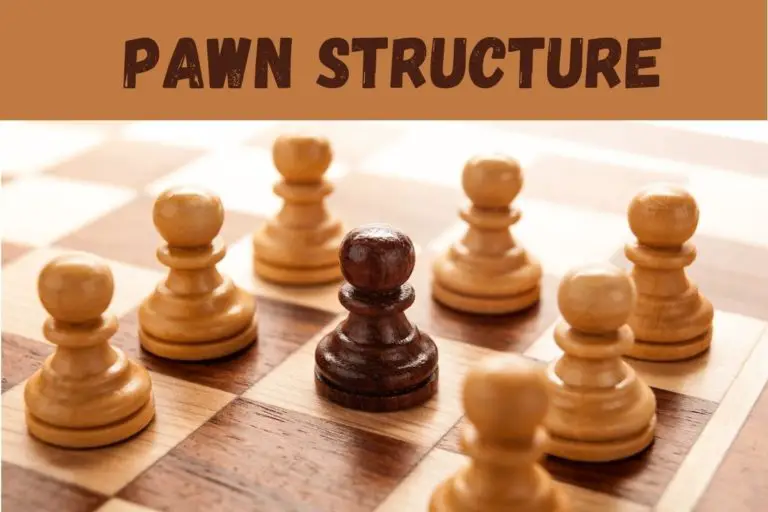
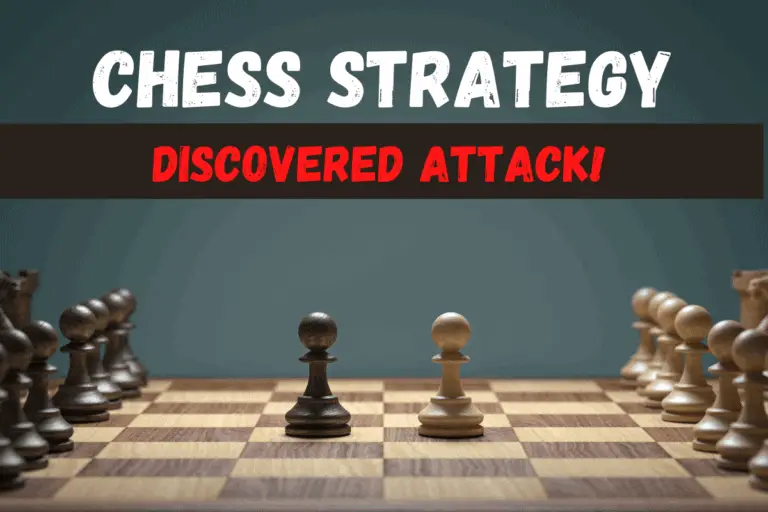
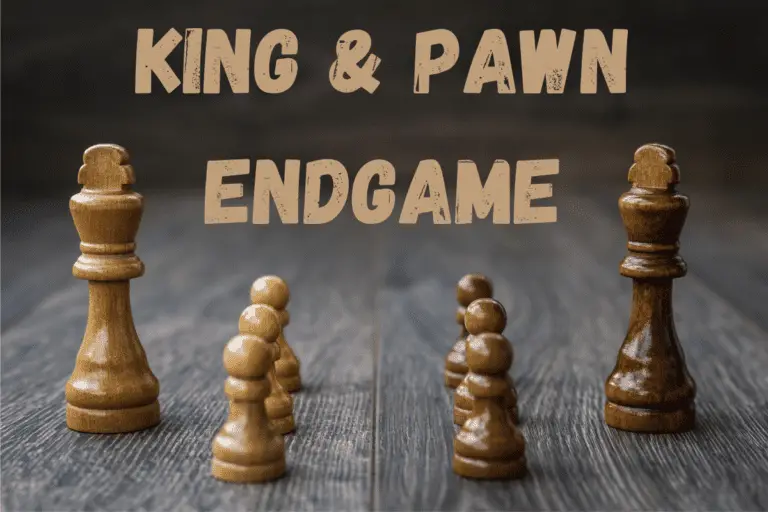
![When to Fianchetto in Chess [Strategy]](https://chessquestions.com/wp-content/uploads/2021/03/fianchetto-featured-image-768x512.png)